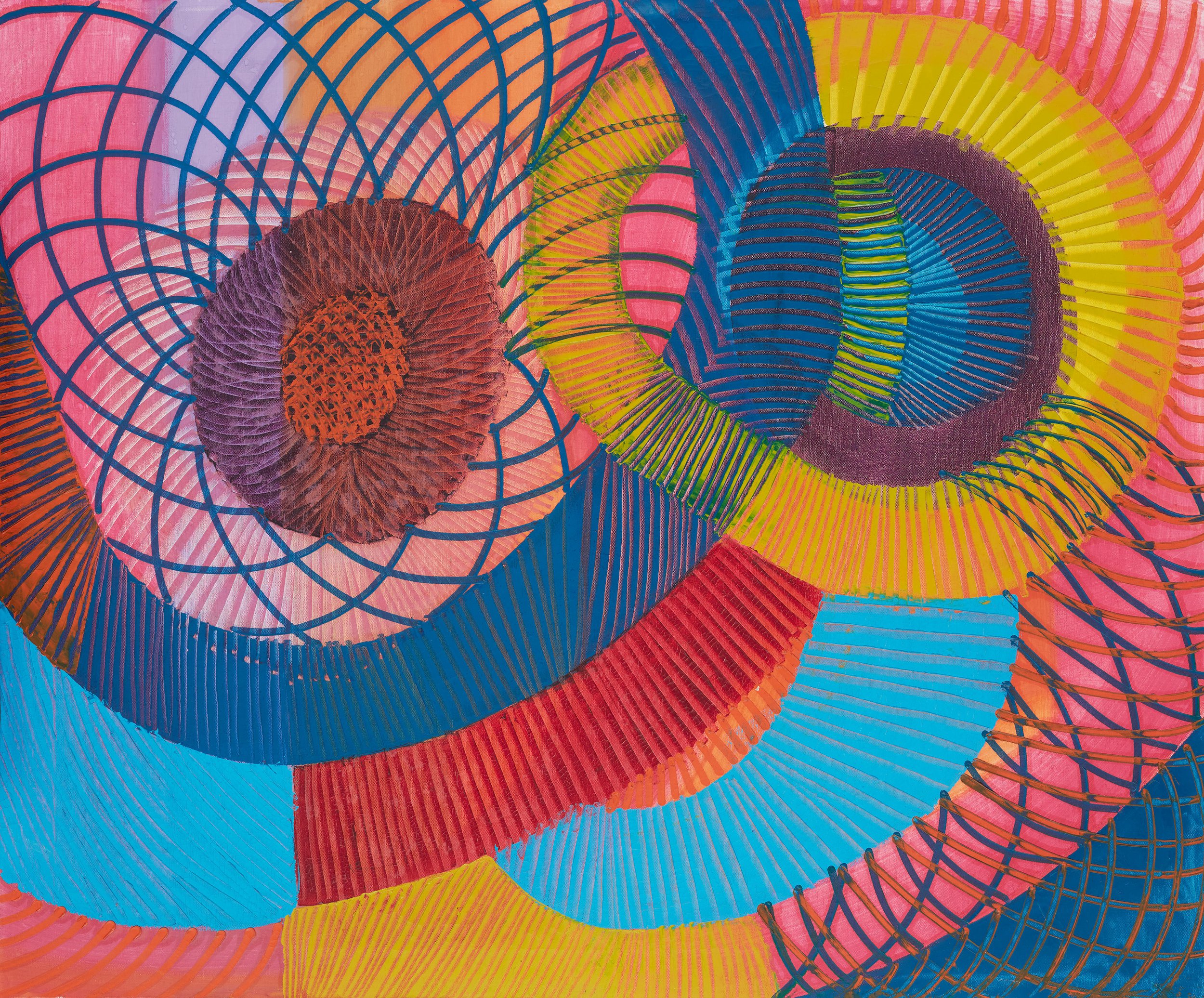Building an Art Collection: An Introduction
Collecting Art: A Passion
Building an art collection is a rewarding pursuit that combines passion, investment, and cultural enrichment. Whether you're a seasoned collector or just starting out, understanding the practicalities of acquiring and curating artworks is essential. From setting budgets and conducting research to navigating auctions and building relationships with galleries, the journey of art collecting is multifaceted and dynamic. This guide explores the key considerations and strategies for creating a meaningful and valuable art collection. A future guide will introduce key concepts involved in the care of your collection once in situ.
Art Collection Fundamentals
Embarking on the journey of art collecting requires a deep appreciation for aesthetics, historical significance, and potential financial appreciation. The first step is to identify personal interests and preferences, which could range from contemporary pieces to classical works. This initial phase sets the tone for the collection and guides future decisions. Collectors should:
Develop an understanding of different art styles and periods
Visit galleries, museums, and art fairs to gain exposure
Begin to recognise the intrinsic and extrinsic values of artworks
Consider both emotional connection and investment potential
As the collection grows, it's important to stay informed about market trends and emerging artists, ensuring the collection remains vibrant and meaningful over time.
Budgeting and Financial Planning
Establishing a realistic budget is crucial for art collecting, aligning with both financial capacity and collecting goals. Consider not only the purchase price but also additional costs such as insurance, maintenance, and potential restoration. Key financial considerations include:
Setting aside funds for unexpected opportunities
Factoring in long-term appreciation potential
Understanding market volatility and price fluctuations
Considering diversification within the collection
Engaging with art advisors or financial experts can provide valuable insights into market trends and help in making sound investment decisions. It's important to regularly review and adjust the budget as the collection grows and market conditions change.
Research and Relationships
Thorough research and education form the foundation of a successful art collection. Visiting galleries, museums, and art fairs provides exposure to diverse artworks and styles, while reading art literature and attending lectures deepens knowledge. Engaging with the art community, including artists, curators, and fellow collectors, offers valuable perspectives and enhances understanding of the art world.
Building relationships with galleries and artists is crucial for collectors. Galleries serve as intermediaries, offering market insights and access to exclusive pieces. Attending gallery openings and exhibitions provides networking opportunities and keeps collectors informed about emerging artists. These connections can lead to acquiring unique works and gaining firsthand knowledge about the creative process.
Auction Buying Essentials
Navigating the world of art auctions requires careful preparation and strategic thinking. Key considerations include understanding the auction process, conducting thorough research on artworks, and setting a realistic budget that accounts for additional fees like the buyer's premium. Developing a bidding strategy is crucial - some collectors prefer placing absentee bids to maintain discipline, while others engage in live bidding to gauge competition.
It's essential to review the auction house's terms and conditions, covering aspects such as payment deadlines and shipping arrangements. For international purchases, be aware of import/export regulations and consider insuring high-value items during transit. With experience, collectors become more adept at making informed decisions, enhancing their collections with unique and meaningful pieces acquired through auctions.
FIRST STEPS
Building an art collection is a journey of discovery, passion, and growth. While the process may seem daunting at first, the only way to truly learn and develop as a collector is by taking that first step and immersing yourself in the art world.As you gain experience and knowledge, your collection will evolve and reflect your unique perspective and appreciation for art. Remember, even the most renowned collectors started with a single piece. Embrace the challenges, learn from your experiences, and let your love for art guide you on this enriching journey.





